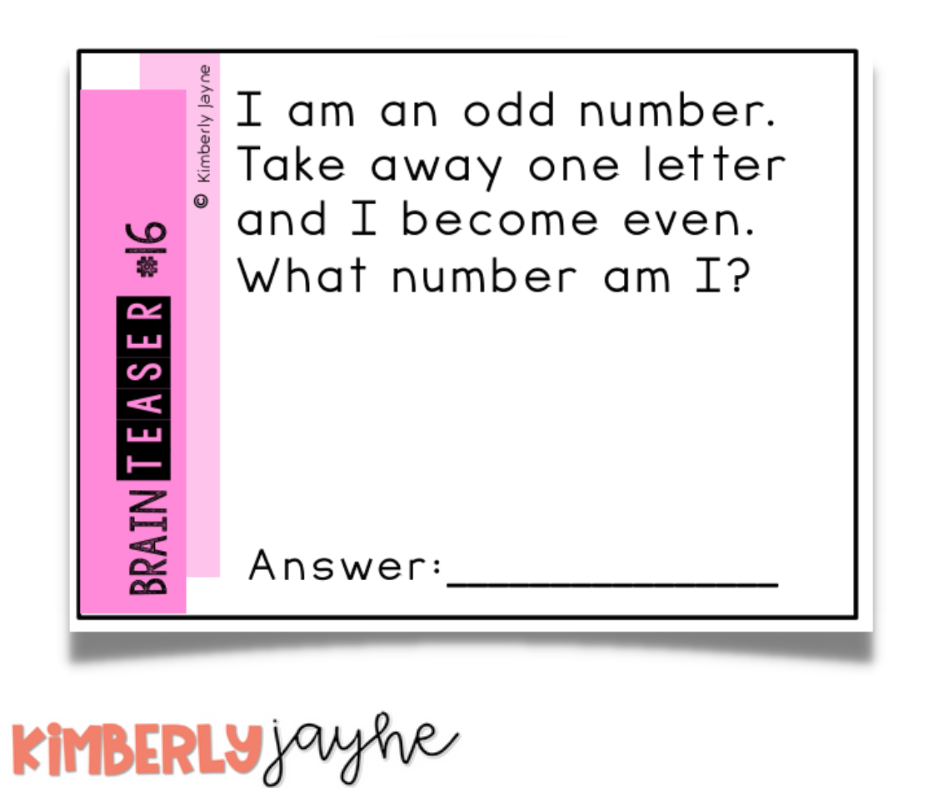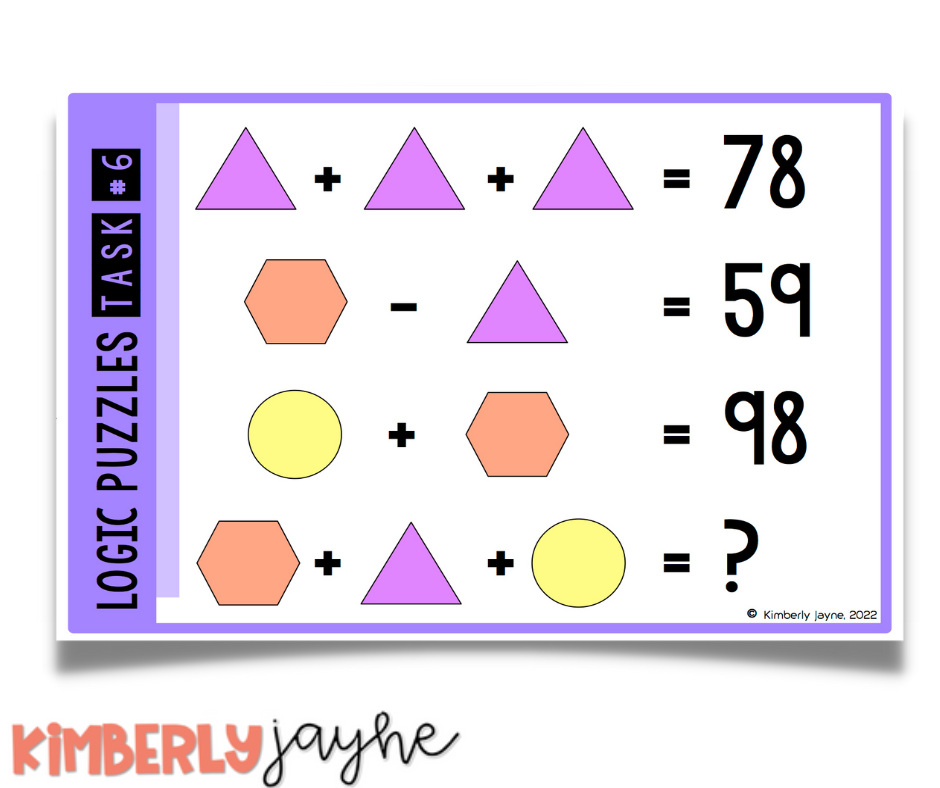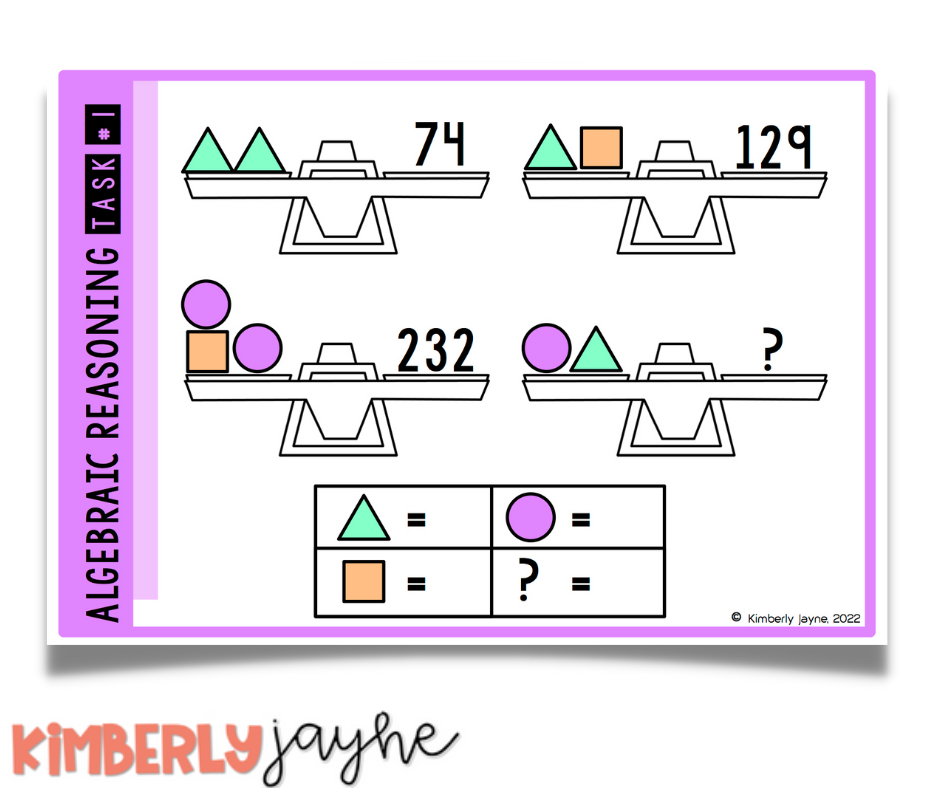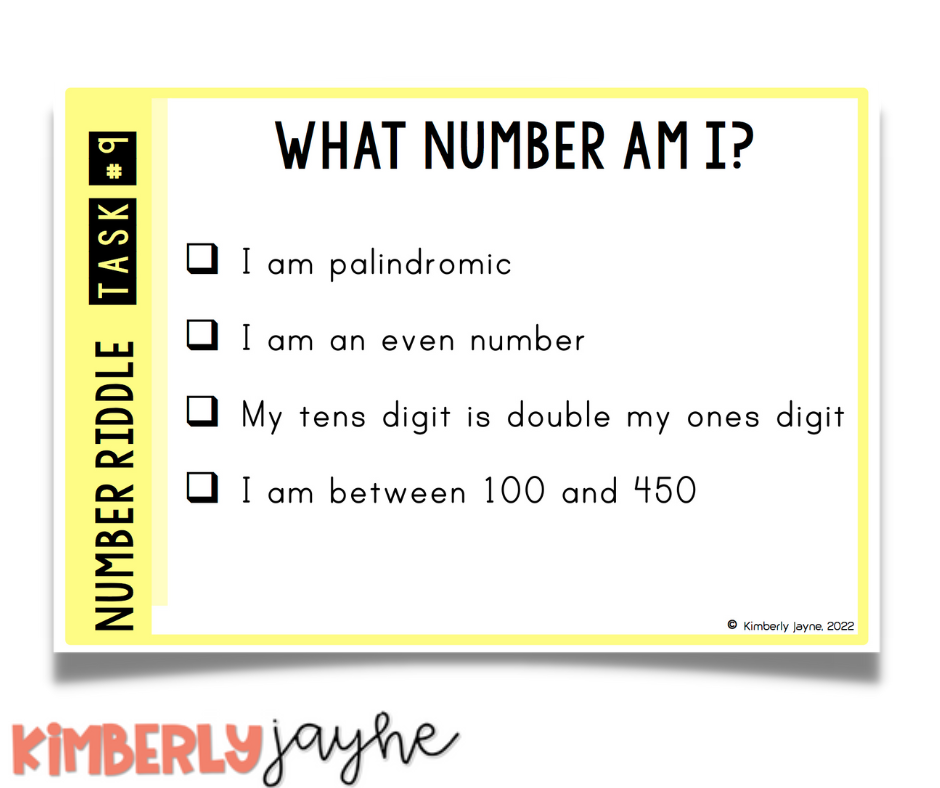Logic Puzzles for Gifted Students
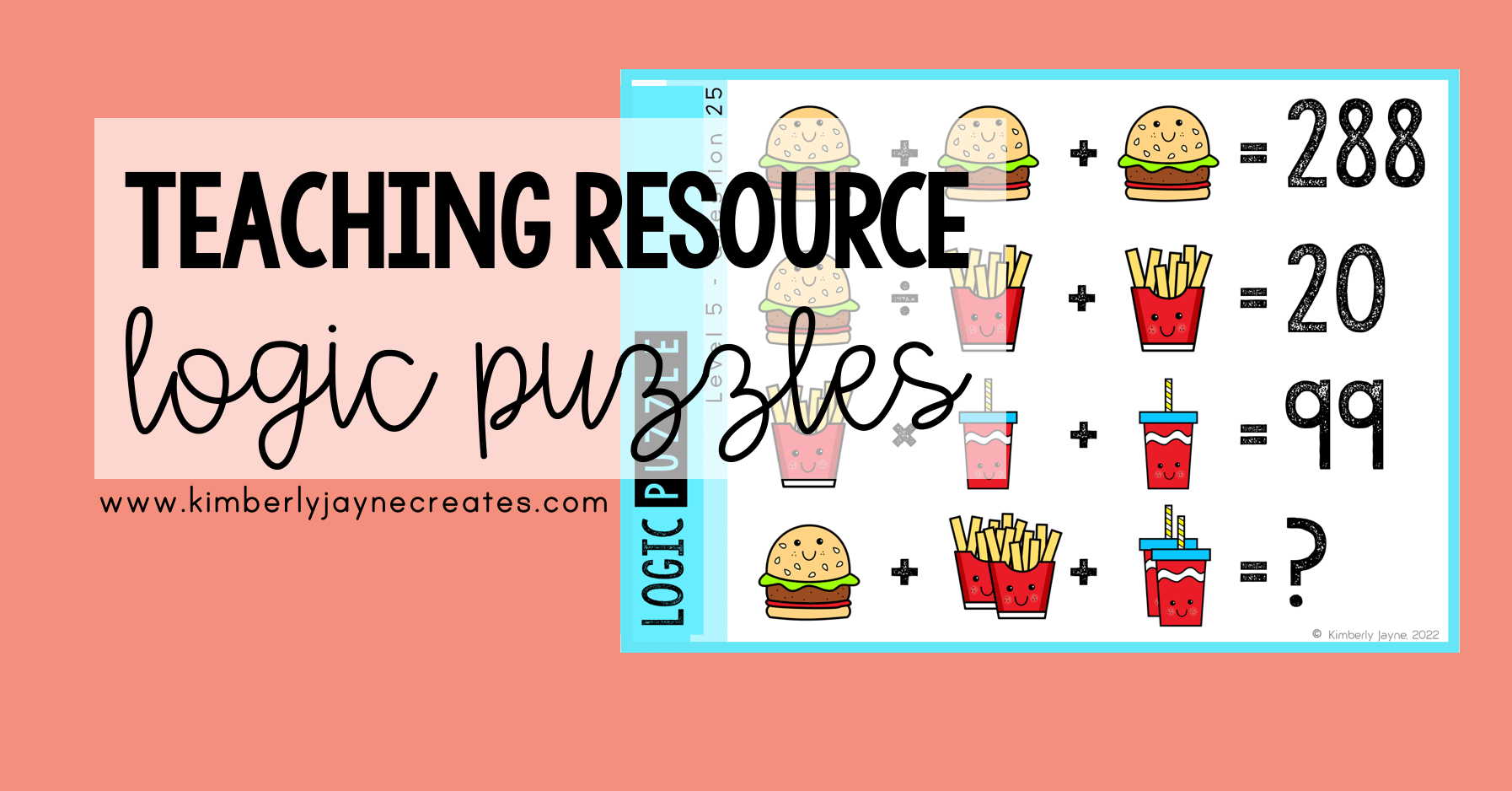
Do you ever ask yourself “How can I challenge my gifted and talented students in math?”
Gifted and talented students make up approximately 10% of students in each class. As educators, it’s our responsibility to provide these students with challenging and engaging learning opportunities to help them reach their full potential!
One way to challenge gifted and talented students is by incorporating math logic puzzles into the classroom. Math logic puzzles are fun and engaging challenges that require critical thinking, problem solving, reasoning, and logic skills. They come in many forms, including Sudoku, brain teasers, algebraic reasoning puzzles and more. These puzzles provide a great opportunity for gifted and talented students to develop their skills and to be challenged in a way that is both fun and rewarding.
Make sure you scroll to the end for some FREE logic puzzles for gifted and talented students to try in your classroom!
What are Logic Puzzles?
So, what’s the deal with math logic puzzles?
Alright, let’s break it down: math logic puzzles are basically fun little challenges that make you think critically and logically.
You might have done Sudoku, brain teasers or algebraic reasoning puzzles before. Those are all examples of math logic puzzles.
But why are these puzzles so great? Well, they’re like brain workouts, they help improve your critical thinking skills, problem solving abilities, and reasoning skills.
Plus, they’re just plain fun! There’s something satisfying about finally cracking a tricky puzzle after working on it for a while.
Not only are they fun, but the challenge of solving a logic puzzle produces dopamine in the brain. Dopamine is a neurotransmitter that’s associated with feelings of pleasure and reward, and it’s released when we accomplish something challenging or exciting. This means that solving a puzzle makes you feel good!
This means that incorporating math logic puzzles into the classroom can increase engagement among gifted and talented students. When students are engaged in their learning, they’re more likely to participate, stay focused, and retain information. By providing challenging and fun math logic puzzles, you can help keep your gifted students engaged and motivated to learn.
How Can I Use Logic Puzzles?
Here are some tips for using math logic puzzles to challenge gifted and talented students in your classroom:
Warm-up: Include a problem in a whole class warm-up to help engage students in the math lesson and switch on students’ critical thinking skills.
Whole Class Lesson: When I first introduce logic puzzles to my students I do it in a whole class lesson. I display the full-sized version on my Interactive Whiteboard, and we work through each line together. I use lots of think aloud statements e.g. “We know that the llama equals 5 and the answer is 15, so what could the missing value be?”
Math Centres: I print out the task cards and have them ready to go for independent math centres. Having the different levels makes it so easy to give each group a level that not only challenges them, but also allows them to work independently.
Early Finishers: We’ve all had that student that finished their work super-fast and craves a challenge! These logic puzzles are perfect early finisher tasks that engage and challenge students in meaningful work.
Plenary: End a math lesson on operations using logic puzzles to review the lesson objectives and consolidate learning.
By incorporating math logic puzzles into your teaching practices, you can challenge and engage your gifted and talented students in a fun and meaningful way. Happy puzzling!
Examples of Math Logic Puzzles for Gifted and Talented Students
There are many types of math logic puzzles that can be used to challenge gifted and talented students. Here are some examples:
Sudoku: This classic number puzzle requires players to fill in a grid with numbers so that each row, column, and sub grid contains every number from 1 to 9. These can also be visual pictures rather than numbers.
Brain teasers: These puzzles involve a question or statement that requires critical thinking and problem-solving to solve. For example, a riddle might ask “What is always in front of you but can’t be seen?” (Answer: the future).
Arithmetic puzzles: These puzzles require players to use basic arithmetic operations to solve problems. For example, a puzzle might replace number using pictures and students need to determine the missing numbers in a sequence of equations using given information.
Algebraic reasoning puzzles: These puzzles require players to use algebraic concepts to solve problems. For example, a puzzle might ask students to determine the value of a variable based on an equation and a set of given conditions.
“What number am I?” riddles: These puzzles involve a set of clues that students use to determine a number that satisfies all of the given conditions. For example, a riddle might ask “I am a two-digit number. I am a multiple of 3. The sum of my digits is 9. What number am I?” (Answer: 27)
As a teacher, you can find many resources for logic puzzles that you can use in your classroom in my tpt store and on my website.
So there you have it! Math logic puzzles can be a great way to challenge and engage your gifted and talented students in the classroom. By using puzzles like Sudoku, brain teasers, algebraic reasoning puzzles, and more, you can help your students develop critical thinking and problem solving skills while also having a bit of fun with maths.
The best part? Research has shown that challenges like math logic puzzles can actually produce dopamine in the brain, which can boost motivation and engagement in the classroom.
You can find a heap of resources to support you to challenge you gifted students on my website
and TPT store.
If you want to try out some FREE logic puzzles you can grab them here.
So why not give it a try and see what your students think? They might just surprise you with their logic and problem solving skills.

